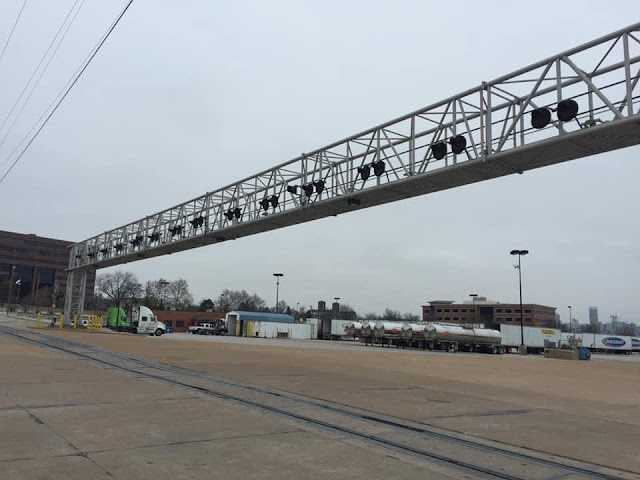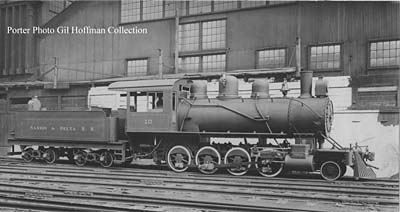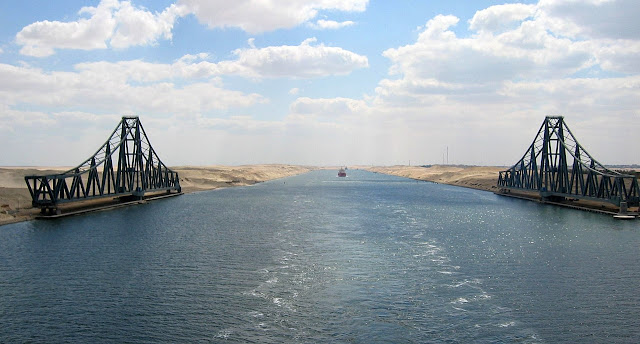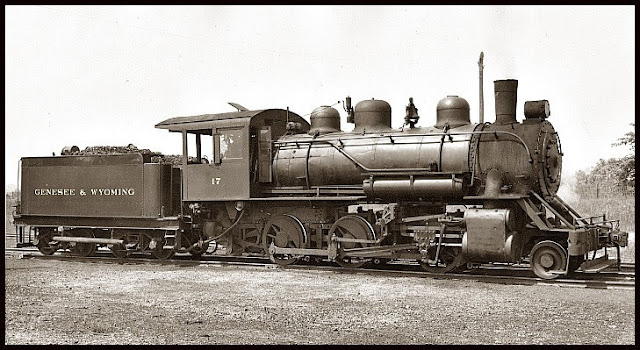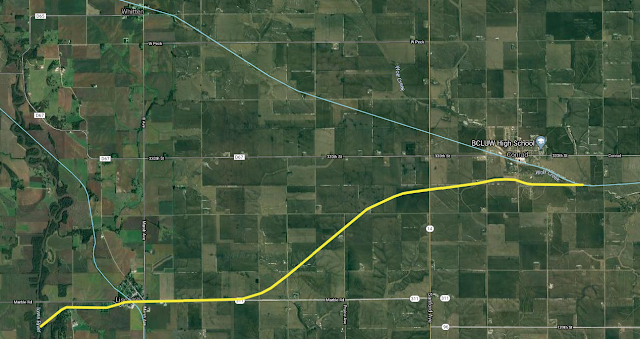An Experimental Military Railway: The Claiborne-Polk Military Railroad
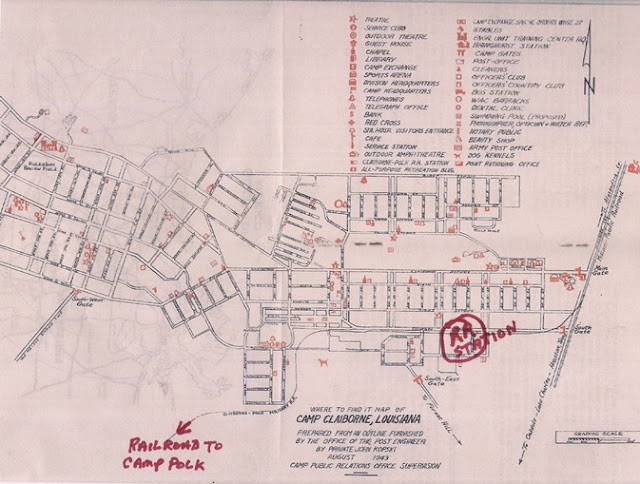
The Claiborne-Polk Military Railroad was a railroad operated by the United States Army at Camp Claiborne in central Louisiana during World War II . On the east end, it connected to the Missouri Pacific near Alexandria, LA, and on the west, the Kansas City Southern near Leesville, a distance of about 48 miles. The somewhat-abridged version of the right of way is viewable on our map. Claiborne-Polk Military Railroad Map. Image: Robertson Collection The railroad was built to simulate how railroads would operate in and around a war theater. Experiments in sabotaging tracks were undertaken here, as were how repairs of the railroad would work in the war environment. One such operation is filmed below, and it shows just how incredibly resilient trains of the day were to sabotage. This YouTube video shows an experiment on how much track would have to be compromised for a derailment to occur with a steam engine. The trains mostly stay on the tracks, even when relatively large gaps of ...

